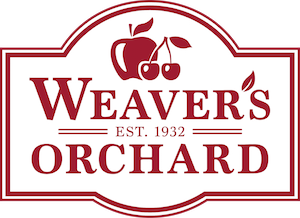What is winter like at an orchard? More specifically, what is it like at the orchard during a winter like this one, with brutal temperatures and perpetual blankets of snow?
As you might have guessed, we’ve spent an unusual amount of time plowing and shoveling this winter. We’ve not only had to plow the driveways, we’ve also had to shovel our roofs!
To keep our crew pruning, we’ve had to plow between each row of trees. Annual pruning strengthens our trees, keeps them living longer and increases fruit yield and quality. Since we prune while the tree is dormant, we always want to finish pruning by the end of April. First we prune our pome fruit (pears and apples), and then we prune stone fruit (peaches, nectarines, cherries and apricots). Right now, we’ve finished pruning most of our pome fruit. We’re just waiting until late March to prune our younger blocks. Younger trees are more prone to winter injury from early pruning. In another week or two weeks we will get started pruning our stone fruit.
Has this harsh winter damaged any of the trees? Many people have asked us this over the winter. Normally, snow and ice do not hurt the trees, but extreme cold can damage the buds.
In general, it’s the autumn and early winter that determine how hardy a fruit tree will be throughout the winter. On fruit trees, buds develop during the summer and need to overwinter through the dormant season before producing fruit. As days grow shorter in the fall, fruit trees begin to prepare for winter by “hardening off.” The hardening off process is the technical name for what we see trees experience each autumn: they slow and then stop the growth of new flowers and leaves and then, to conserve their resources, they stop feeding the existing leaves so that they fall to the ground.
All fruit trees are hardiest when they have had ample opportunity to “harden off” before extreme cold hits, so we’re more concerned about, say, a 10 degree day in early December, when the tree is still hardening off, or a cold snap in late March, when it is beginning to grow again. Days like these can damage buds that would actually survive sub-zero temperatures in the dead of winter.
As for extreme temperatures in the dead of winter, apple buds usually survive just fine unless temperatures plummet below -15. Stone fruit like peaches and cherries can experience some bud damage after temperatures dip below -5 to -10 degrees.
Overall, our trees have come through this severe winter well. We are all looking forward to parking the snowplows soon, though!
Why are Apples and Pears Called Pome Fruit?
“Pomes” are fruit with multiple seeds in the center that are divided into different seed “chambers” and surrounded by edible fruit flesh. The name comes from the Latin word “pomum,” which first meant any kind of fruit and later came to mean “apple.” Now pome refers to apples or apple-like fruit, such as pears and quince.
For more helpful tips on home gardening and pruning, visit the Penn State Extension Center’s website.



